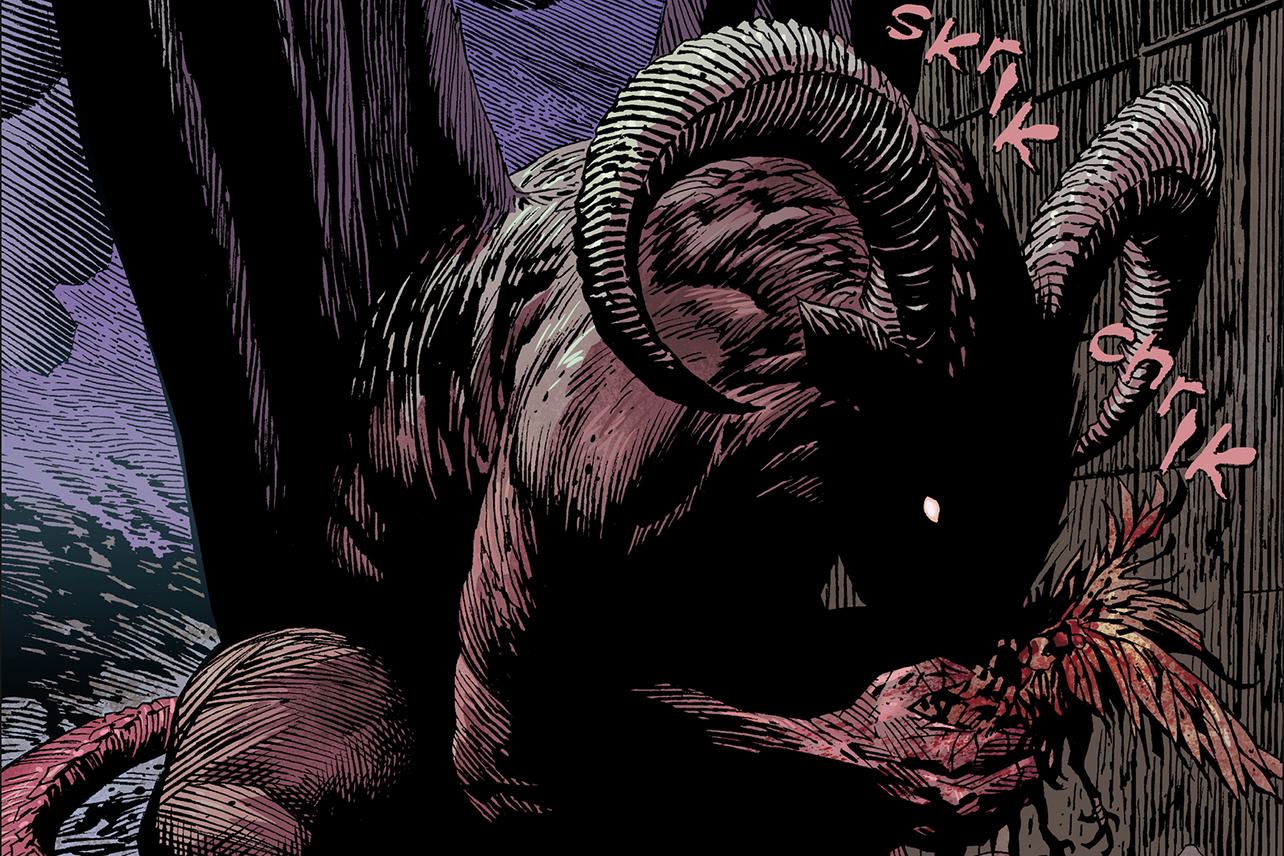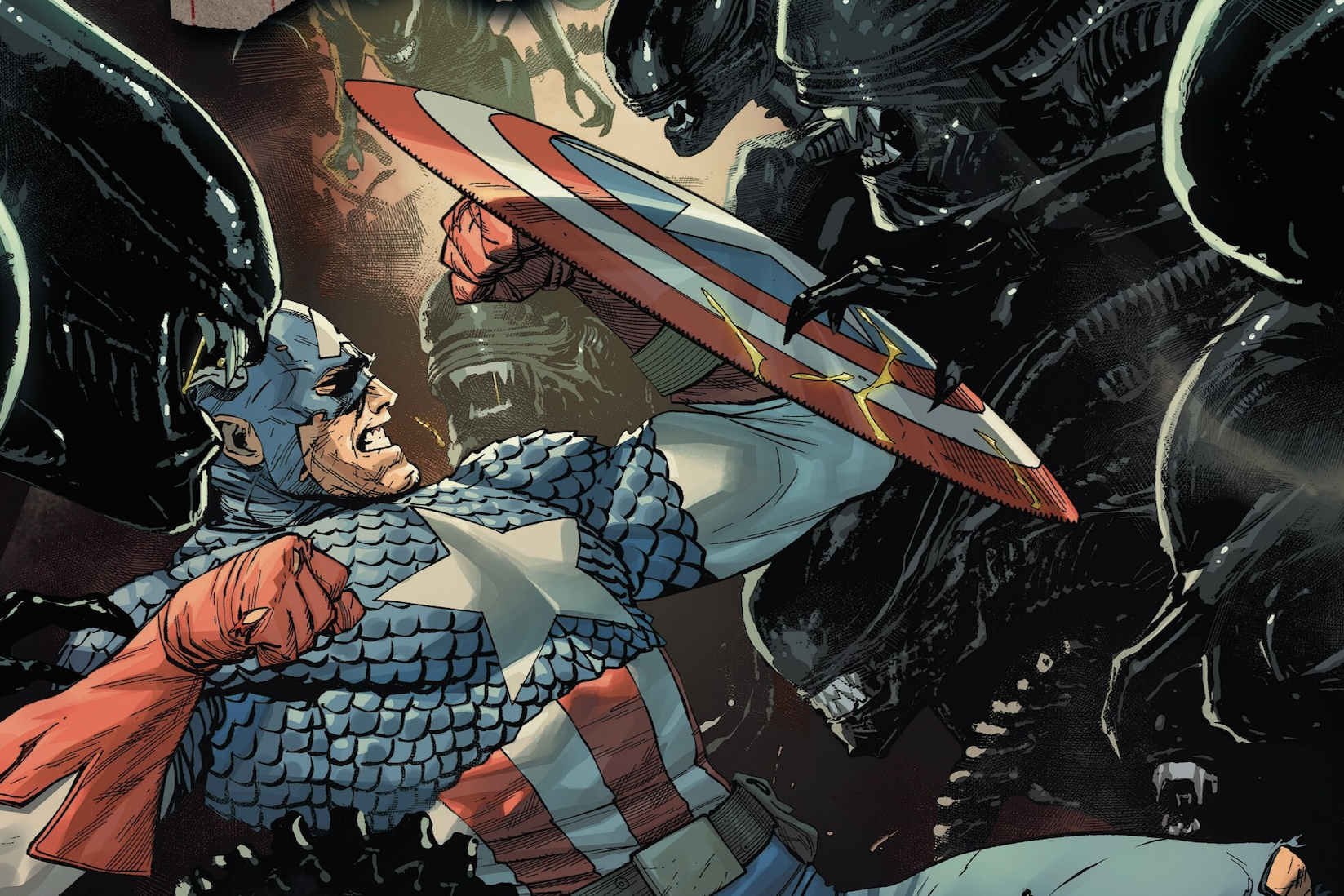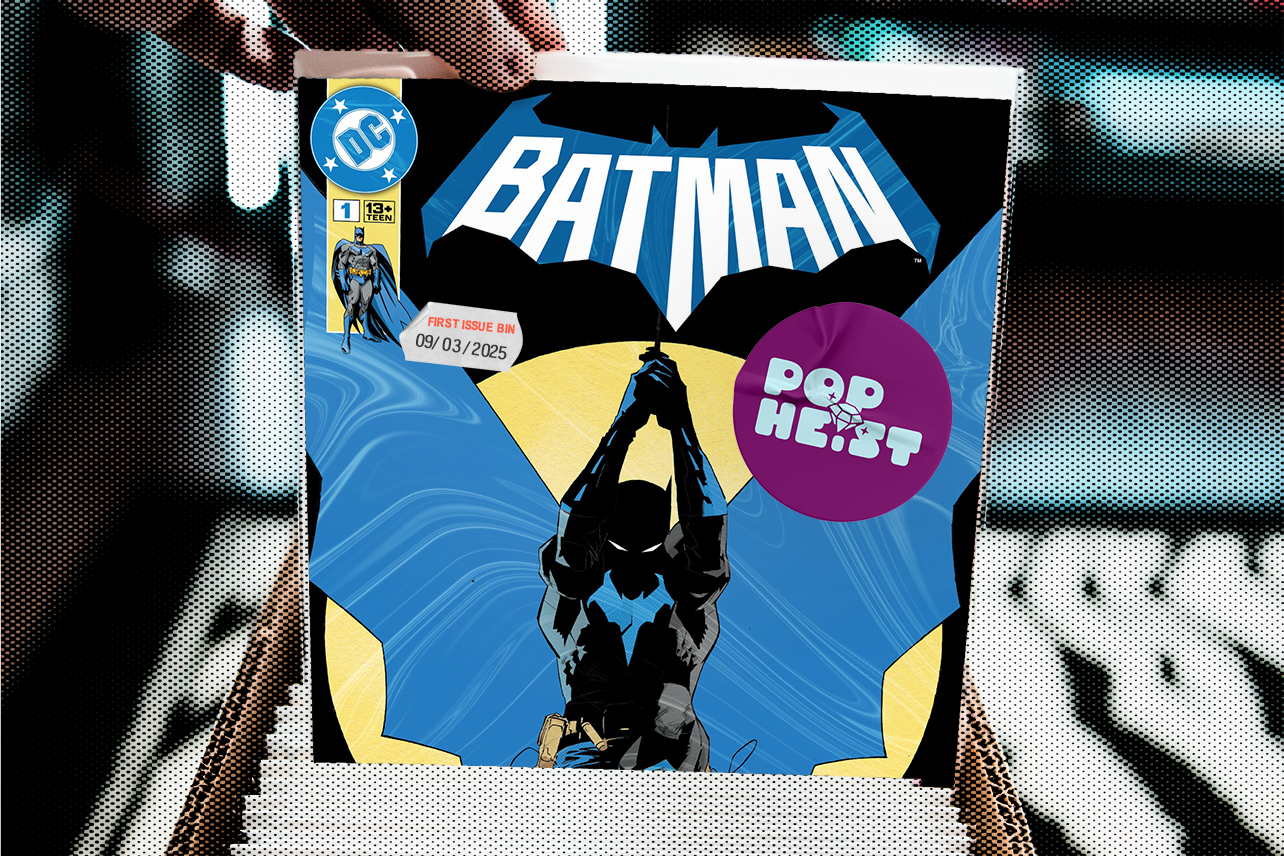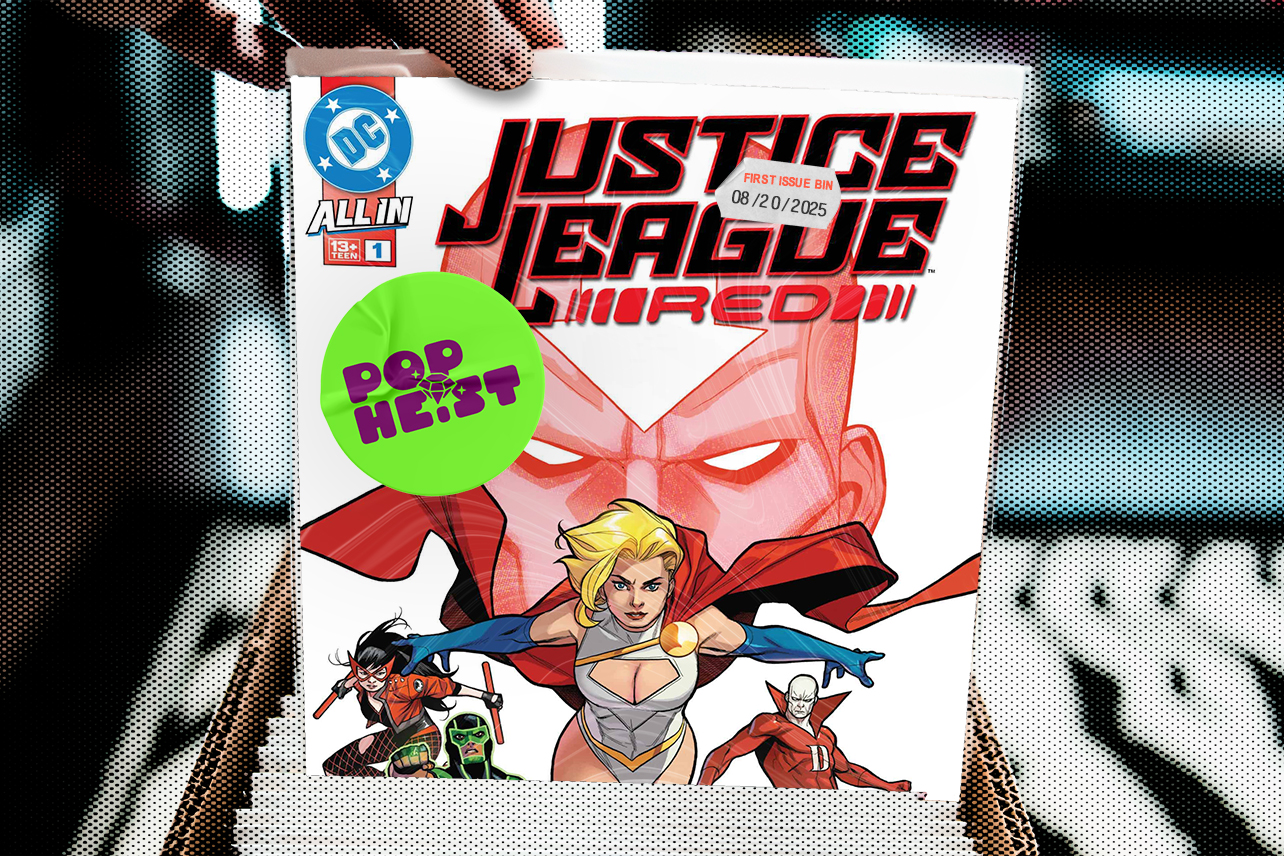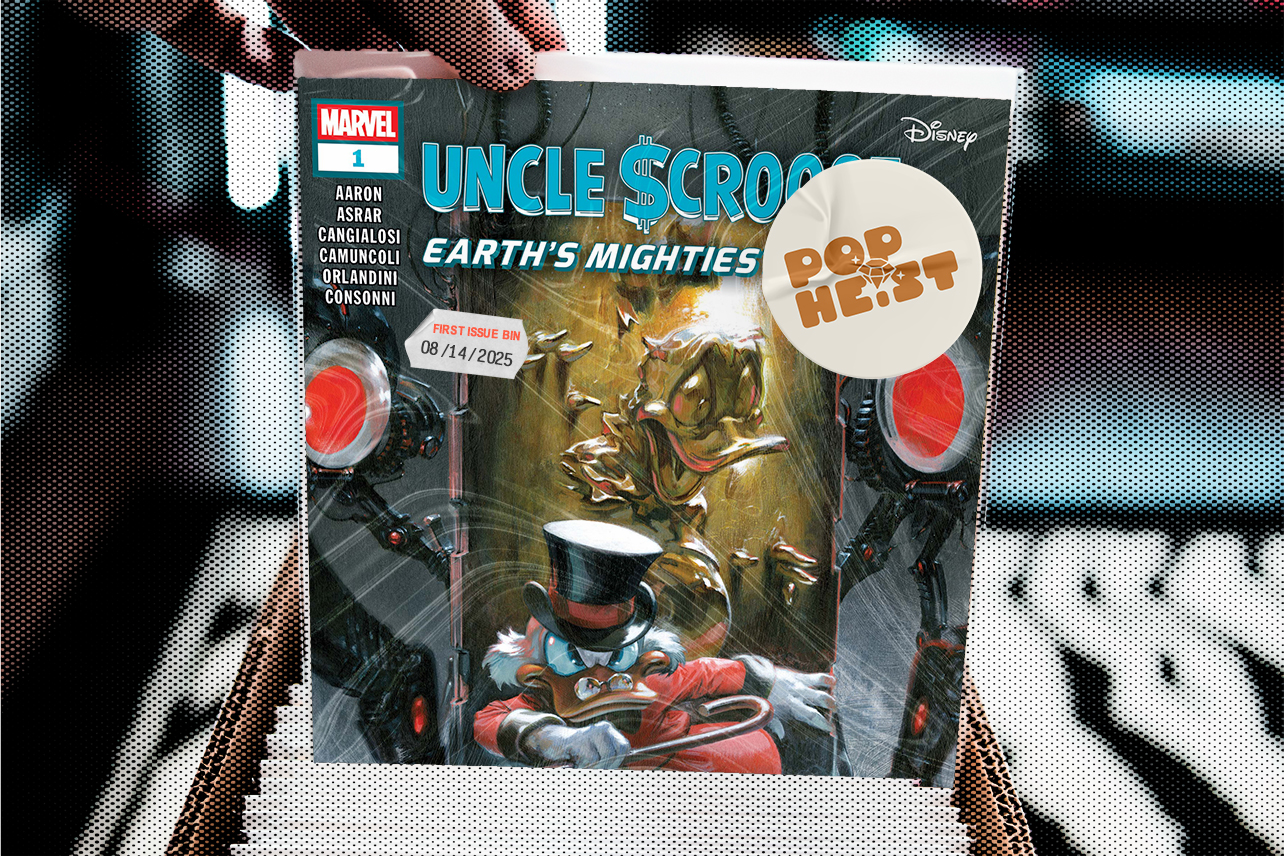Welcome to the First Issue Bin, where I — Ethan Kaye — randomly grab one of this week's comics that’s just starting up and give you the details on whether it should get added to your collection … or remain on the comic shop shelf.
Writers: James Tynion IV and Steve Foxe
Artist: Piotr Kowalski
Color Artist: Brad Simpson
Letterer: Tom Napolitano
Editors: Greg Lockard and Daniel Chabon
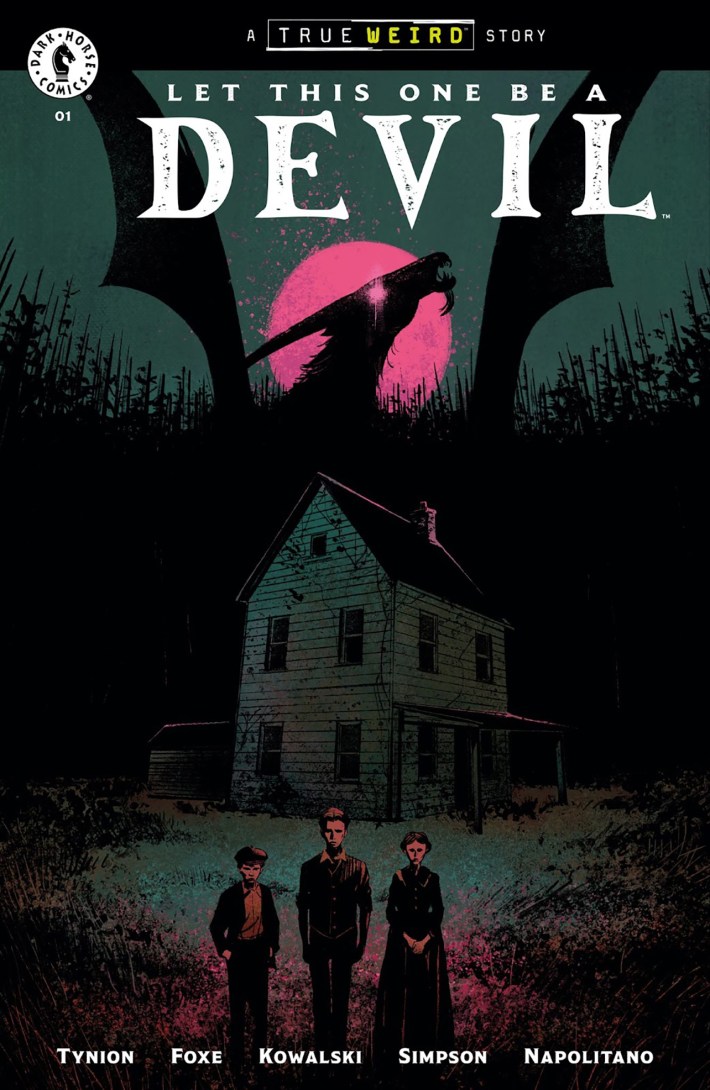
Real-life monsters make for good comics, and the weirder the better. Sure, we have Bigfoot showing up in dozens of comics, and Mothman too, but getting those oddballs out into the world makes for engaging reading. Writers James Tynion IV and Steve Foxe and artist Piotr Kowalski bring us two tales of the legendary Jersey Devil, plus a bonus story that only improves on an already engaging package.
The Jersey Devil was a cryptid that haunted the Pine Barrens of New Jersey in the early 1900s, a winged kangaroo thing that showed up, caused some havoc, then vanished into the mists of history. Monster hunters to this day search the Pine Barrens for some evidence of this 100-year-old creature, but in my opinion, the Devil had his moment and left this world. There have been a lot of attempts by historians and folklorists to connect the Jersey Devil cryptid with the legend of a monster birth in the Leeds family in the mid-1700s, and this comic does the narrative work of linking these time periods.
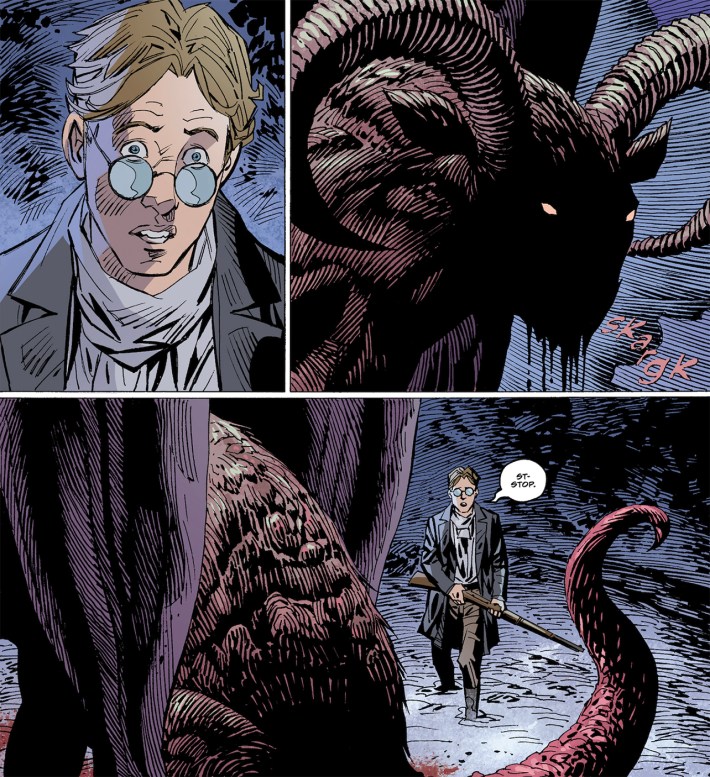
Really, the first issue of Let This One Be A Devil is three stories — the first two lightly connected with the third standing alone. For 14 pages we are taken to 1909. Henry Naughton has returned to the Pine Barrens after getting educated in the big city, and he has a run-in with a huge, winged beast that devours chickens. But the story is just as much about this broken family trying to cope with the loss of a father, the return of an out-of-place academic to his small hometown, and a rough 15-year-old trying to head a family by heading back to the mill that killed his dad. Kowalski's art gives these moments time to speak, but also enough space to show their isolation in the woods contrasted with the industry of the closest town.
Kowalski is only getting better. I've previously seen his work with Dark Horse's serial killer comedy Where Monsters Lie by Kyle Starks. Where that book is full of dynamic characters, Let This One Be A Devil lets the environments, moods, and backgrounds take more of the focus — so when a monster takes a full panel to kill a chicken, it's impactful and comes across as just as much of a shock to the reader as it does to Henry Naughton.
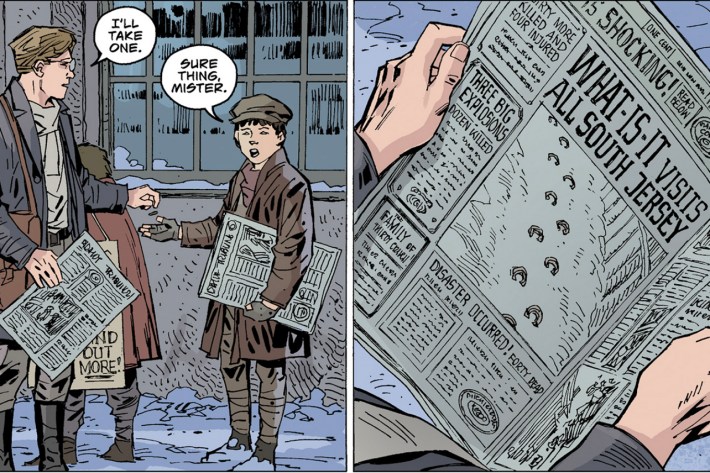
The second story is a dramatization of the Leeds family story from 1735. This is eight pages of a childbirth tale, hewing closely to the established legend: Mother Leeds, struggling with the birth of her 13th child, curses it by shouting "Let this one be a devil!" and, well, the baby morphs into a creepy cryptid. Again, the contrast that Kowalski brought to the isolated farmhouse and the busy town in the first story crashes into this character-heavy story, where all but one panel has at least one person in it. These pages feel crowded, which are perfect when showing 17 people crammed into a small farmhouse.
Let This One Be A Devil feels a lot like Tynion's Dracula for Image's Universal Monsters line, which is a good thing. It takes the skeleton of a familiar story and amplifies the experience of one of the players in the drama. In Dracula it was Renfield. In Let This One Be A Devil it's Henry, a city mouse thrust into the countryside once again, struggling just as much with a monster as with his family. In fact, the dialogue between Henry and his mother and brother is just as engaging as any encounter with a beast eating chickens, possibly more so.
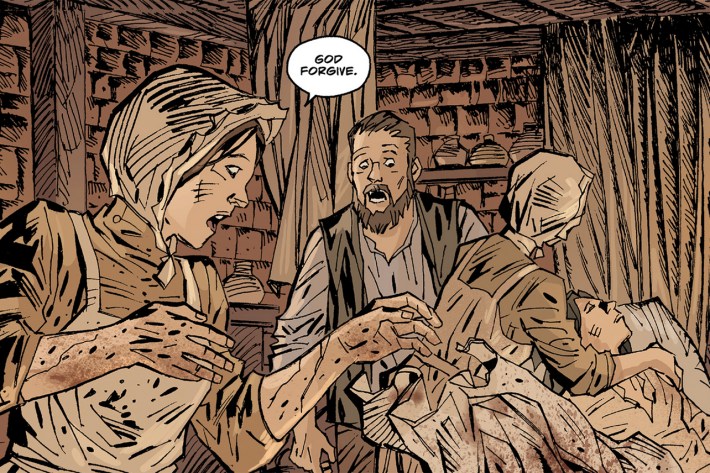
As this is Tynion's first salvo in his Tiny Onion publishing company's "True Weird" line. There is a third story that's more than just bonus page filler. "Shattered and Shook" is 9 pages of true-life ghost story fun by Rachel Deering, Jesse Lonergan, and Aditya Bidikar. All in black and white, it's a poltergeist tale with a representative from Duke University's paranormal research group taking an interest in a destructive force torturing a family in rural 1968.
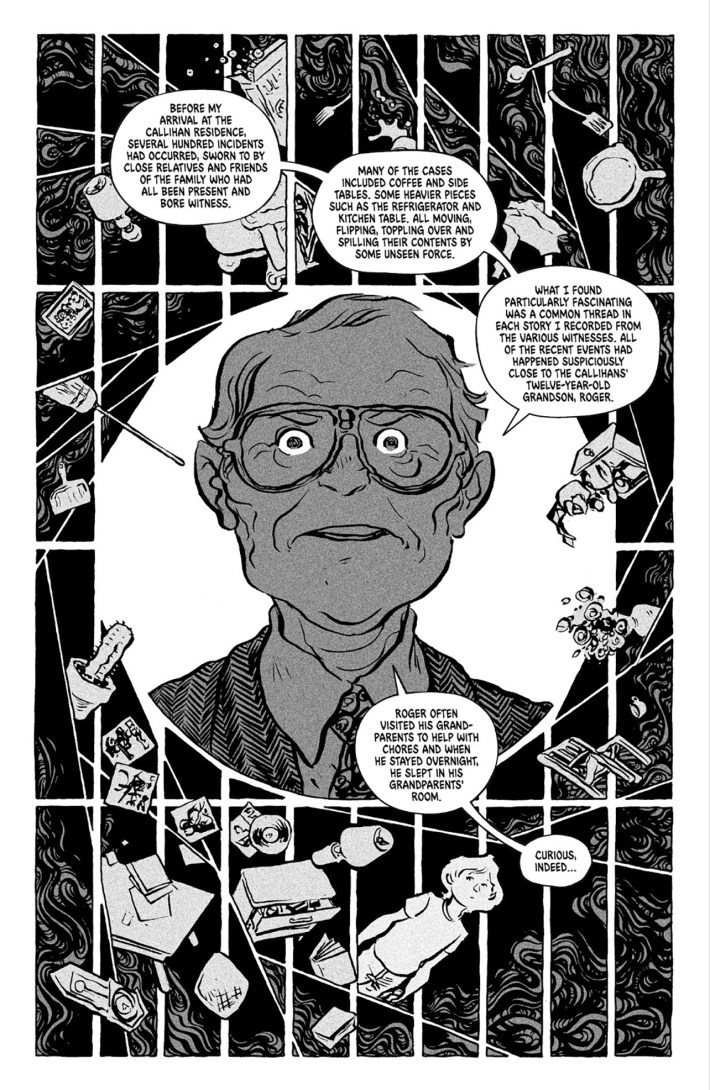
While not solving the mystery, it ends with a realistic, satisfying conclusion that mirrors most paranormal encounters: after an exorcism, things didn't get better, we all moved away, the end. But here it's just another chapter in a larger working of "True Weird," carrying on traditions of paranormal books for kids like the Usborne series of the '70s and '80s or the books of Daniel Cohen. It's a satisfying chaser to an ongoing tale.
The whole book is a slow set-up for what's to come, but not everything has to be superhero punch-up battles. It was satisfying, even more on the second read. I'm here for this one.
Stylized art that feels like a woodcut: 5/5
Setup for some big blow-up in a future issue: 4/5
Pages with the Jersey Devil: 4/31
Pages that made me miss 1735 birthing methods: 0/31
Verdict: A story that needs to be told by storytellers who obviously love telling it. While the first issue was good, I can only expect this one to accelerate and get even better. Pick it up.
